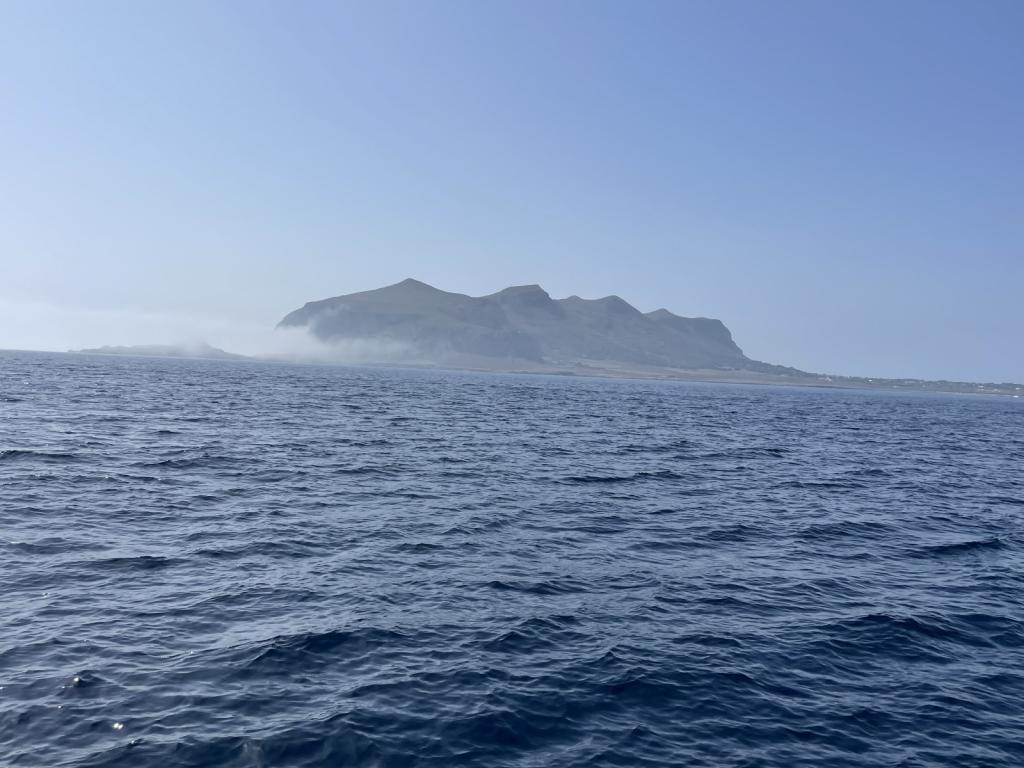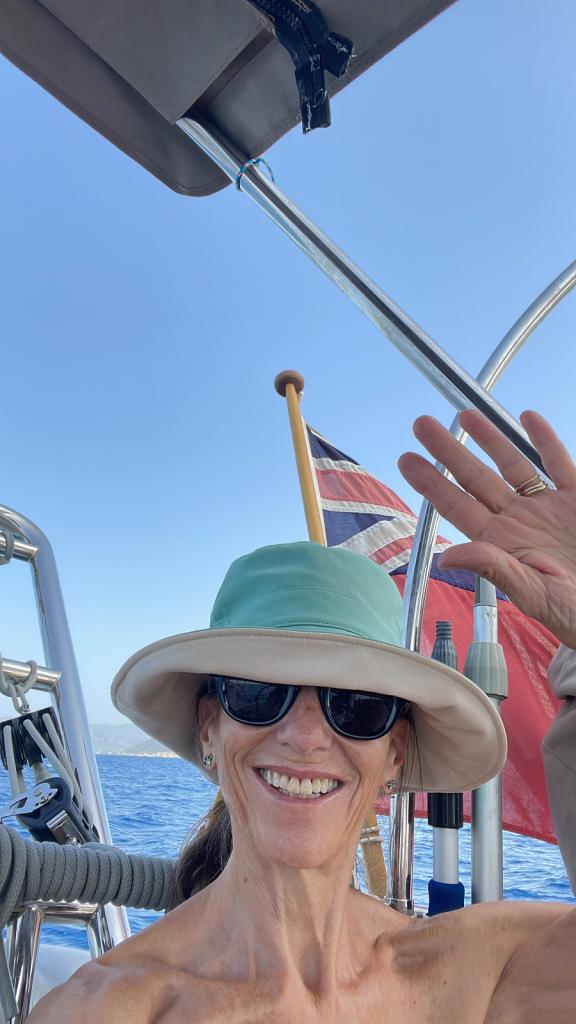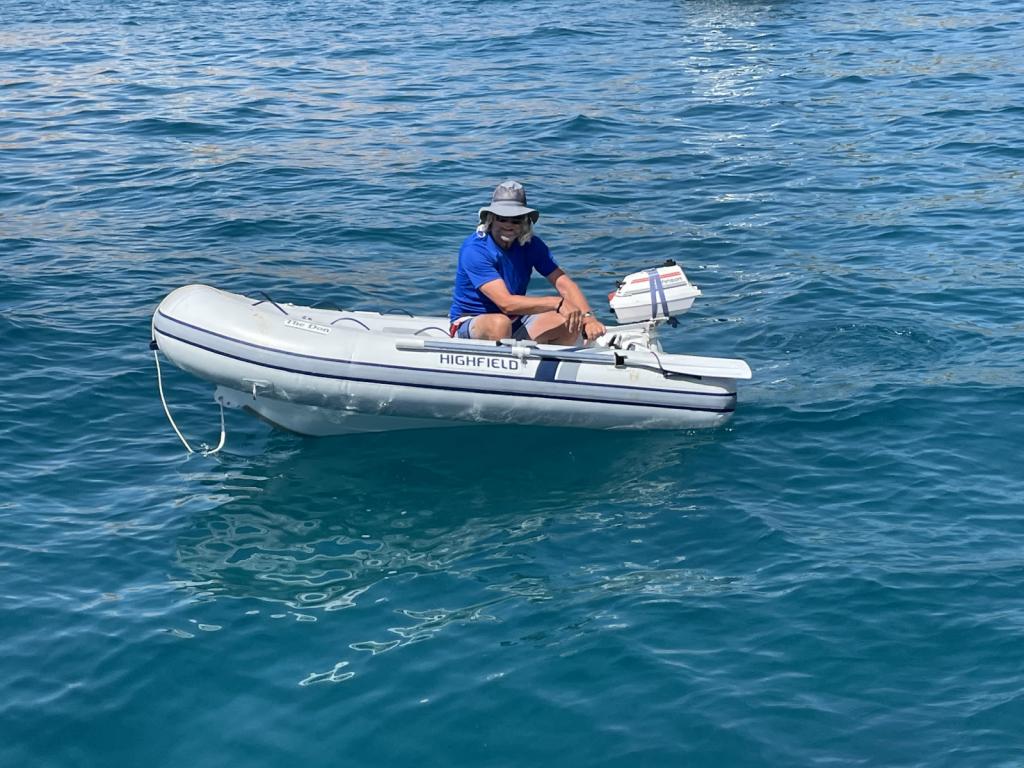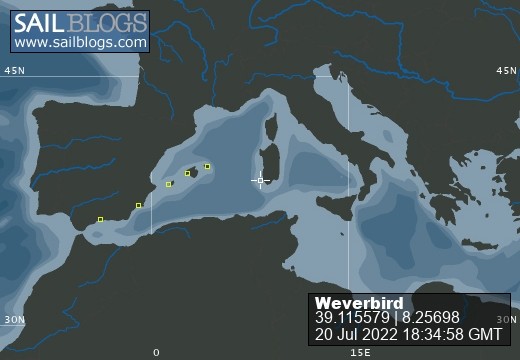
Weverbird
07 September 2023
25 August 2023
18 August 2023
12 August 2023
06 August 2023
01 August 2023
29 July 2023
26 July 2023 | Trapani
21 July 2023 | Cala Rossa, Favignana
20 July 2023 | Crossing Sardinia to Egardi Ilands
18 September 2022
31 August 2022 | Froxfield
12 August 2022
30 July 2022
20 July 2022 | Cala Caletta
16 July 2022 | Menorca
09 July 2022
30 June 2022
24 June 2022
20 June 2022 | Cartagena
Spanish Rias
09 August 2019 | Arrived Porto
Steve & Susan | variable

It’s been more than three weeks since we last entered anything in the blog. Maybe that is too long as all memories seem to be less specific to each place we visited but more impressions and highlights of memorable events along the way and perhaps that’s all we need to share. We are now in the Duoro Marina, just 3km downriver from Porto, but more about that later.
The impressions and memories. The Spanish Rias are impressive, all having amazing, natural beauty.and for the main part are quite undeveloped. Each Ria seems to have plenty of anchorages and one, two or even more marinas of varying size. We noticed that despite the tourist development around the marinas, which were always fishing ports as well, there really didn’t seem to be that many tourists, no need to book in the restaurants. The area felt quite poor overall with prosperity improving the further South we got. We loved being able to anchor for nights at a time in the quiet protection of the Rias. The restored fisherman’s village built out of granite in Combarro, at the head of Ria do Pontevedra was definitely worth visiting. An excellent marina and plenty of restaurants, encouraged us stay a little longer and walk two more branches of the Camino de Santiago, this time part of the Portugese Way. In Combarro we complete the final stages of the permit we needed to visit the Galacia Atlantic National Park and headed out to Isla Ons and Isla Cies the only two islands boats are allowed to anchor off in the Park. The first thing that struck us about the islands was the crystal clear turquoise sea. Ons is quite small with a circular walk taking no more than three hours, but by the time we added in various detours to lighthouses and view points we were quite exercised! As you’re only allowed to spend three nights in the Islands we moved on to Isla de Cies the next day. Cies is a larger Island so we planned to stay for two nights to give ourselves plenty of time to explore. When at anchor a dinghy and preferably an outboard is important if you want to get ashore comfortably. As mentioned previously we’ve done quite a lot of anchoring so have buzzed ashore on numerous occasions. It did not occur to us that this occasion would be any different. However we soon realised as we got closer to the shore that there was quite a powerful onshore swell with a steeply sloping beach. What happened next wasn’t our best dinghy moment. One minute there we were sitting comfortably in the dinghy, aware of people screaming with excitement as the waves propelled them on to the beach, the next we were upside down in the sea, we were, for want of a better description, ship wrecked. The dinghy including the engine turned turtle and we were deposited in the sea under the dinghy loosing sun glasses, shoes, rucksack in the waves. What a moment. Anyhow we managed to scramble out from under the dinghy and laugh at ourselves as the very kind Spanish helped rescue our lost items. No physical damage done but the engine is yet to recover. This little incident left us dripping wet on the beach without a change of clothes. Anyhow, we decided to lay down in the sand, no towels of course, and dry out. Walking with dripping wet clothes and sand in everything didn’t seem like a good idea. The following day was much more successful. We used the paddles to get ashore and were prepared for the swell which wasn’t anywhere near as bad. Cies is a beautiful island to walk round providing lots of opportunity to be ‘at one with nature’. Although we were a little surprised to find fishing boats bringing in their nets, almost within touching distance when we woke up in the morning. We could definitely see the colour of their eyes. No fish exchanged hands! From the Islands onto Baiona, our last stop in Spain. Baiona is another attractive town aimed at tourists – by this time we’d seen quite a few and were ready to move on to a different culture. Its main claim to fame is that it was Columbus’ first landfall after returning from the New World. There’s a scale model of the Pinta in the harbour! From Baiona we headed into Portugal. The Spain Portugese border went by unseen from the sea as we were shrouded in heavy mist which is a feature on this coast. We spent two days sailing in thick fog taking overnight stops in Viano do Castelo and Povoa de Varzim. Even though we’d only travelled twenty miles each day sailing in poor visibility is extremely tiring. Portugal is very different from Spain. English is more widely spoken and we understand better what they eat (we found the Spanish use of Rations, half rations and tapas very confusing – resulting us often over or under ordering and perhaps more importantly everything in Spain seems to arrive at the same time). We’ll try to give a more detailed impression of our thoughts about Portugal in the next blog.
The impressions and memories. The Spanish Rias are impressive, all having amazing, natural beauty.and for the main part are quite undeveloped. Each Ria seems to have plenty of anchorages and one, two or even more marinas of varying size. We noticed that despite the tourist development around the marinas, which were always fishing ports as well, there really didn’t seem to be that many tourists, no need to book in the restaurants. The area felt quite poor overall with prosperity improving the further South we got. We loved being able to anchor for nights at a time in the quiet protection of the Rias. The restored fisherman’s village built out of granite in Combarro, at the head of Ria do Pontevedra was definitely worth visiting. An excellent marina and plenty of restaurants, encouraged us stay a little longer and walk two more branches of the Camino de Santiago, this time part of the Portugese Way. In Combarro we complete the final stages of the permit we needed to visit the Galacia Atlantic National Park and headed out to Isla Ons and Isla Cies the only two islands boats are allowed to anchor off in the Park. The first thing that struck us about the islands was the crystal clear turquoise sea. Ons is quite small with a circular walk taking no more than three hours, but by the time we added in various detours to lighthouses and view points we were quite exercised! As you’re only allowed to spend three nights in the Islands we moved on to Isla de Cies the next day. Cies is a larger Island so we planned to stay for two nights to give ourselves plenty of time to explore. When at anchor a dinghy and preferably an outboard is important if you want to get ashore comfortably. As mentioned previously we’ve done quite a lot of anchoring so have buzzed ashore on numerous occasions. It did not occur to us that this occasion would be any different. However we soon realised as we got closer to the shore that there was quite a powerful onshore swell with a steeply sloping beach. What happened next wasn’t our best dinghy moment. One minute there we were sitting comfortably in the dinghy, aware of people screaming with excitement as the waves propelled them on to the beach, the next we were upside down in the sea, we were, for want of a better description, ship wrecked. The dinghy including the engine turned turtle and we were deposited in the sea under the dinghy loosing sun glasses, shoes, rucksack in the waves. What a moment. Anyhow we managed to scramble out from under the dinghy and laugh at ourselves as the very kind Spanish helped rescue our lost items. No physical damage done but the engine is yet to recover. This little incident left us dripping wet on the beach without a change of clothes. Anyhow, we decided to lay down in the sand, no towels of course, and dry out. Walking with dripping wet clothes and sand in everything didn’t seem like a good idea. The following day was much more successful. We used the paddles to get ashore and were prepared for the swell which wasn’t anywhere near as bad. Cies is a beautiful island to walk round providing lots of opportunity to be ‘at one with nature’. Although we were a little surprised to find fishing boats bringing in their nets, almost within touching distance when we woke up in the morning. We could definitely see the colour of their eyes. No fish exchanged hands! From the Islands onto Baiona, our last stop in Spain. Baiona is another attractive town aimed at tourists – by this time we’d seen quite a few and were ready to move on to a different culture. Its main claim to fame is that it was Columbus’ first landfall after returning from the New World. There’s a scale model of the Pinta in the harbour! From Baiona we headed into Portugal. The Spain Portugese border went by unseen from the sea as we were shrouded in heavy mist which is a feature on this coast. We spent two days sailing in thick fog taking overnight stops in Viano do Castelo and Povoa de Varzim. Even though we’d only travelled twenty miles each day sailing in poor visibility is extremely tiring. Portugal is very different from Spain. English is more widely spoken and we understand better what they eat (we found the Spanish use of Rations, half rations and tapas very confusing – resulting us often over or under ordering and perhaps more importantly everything in Spain seems to arrive at the same time). We’ll try to give a more detailed impression of our thoughts about Portugal in the next blog.
Comments
| Vessel Name: | Weverbird |
| Vessel Make/Model: | Trintella 42 |
| Hailing Port: | Hamble |
| Crew: | Steve, Susan, Sebastian and Felix Tuff |
| About: | place holder |
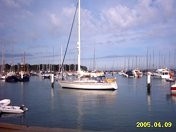
Who: Steve, Susan, Sebastian and Felix Tuff
Port: Hamble
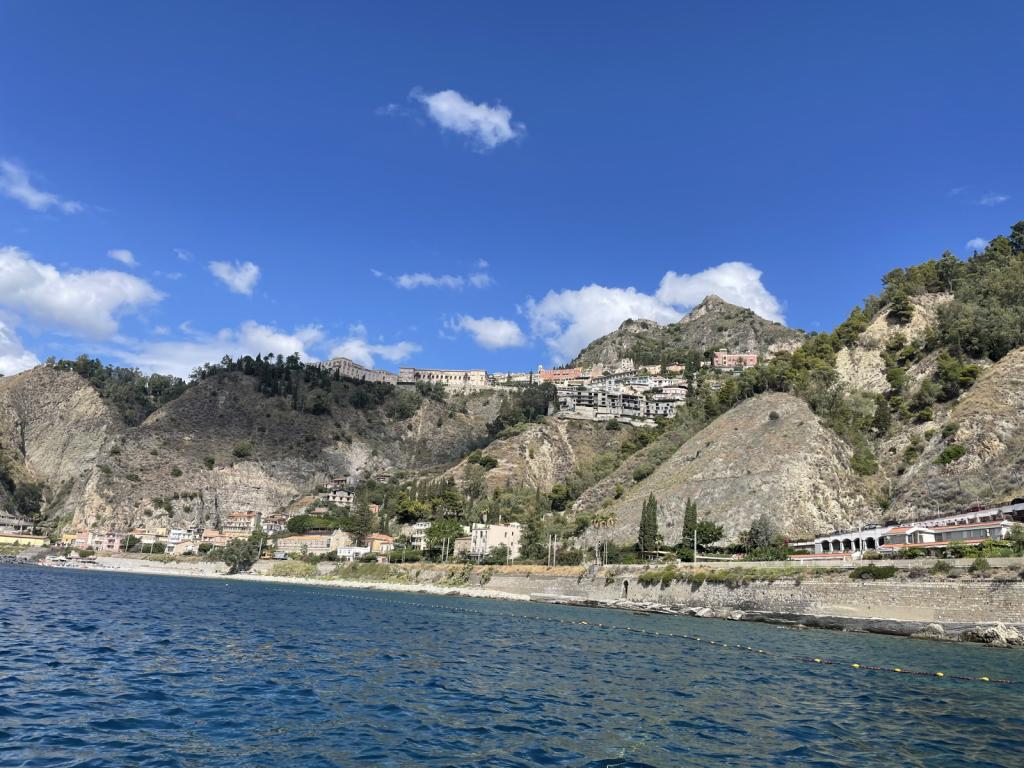
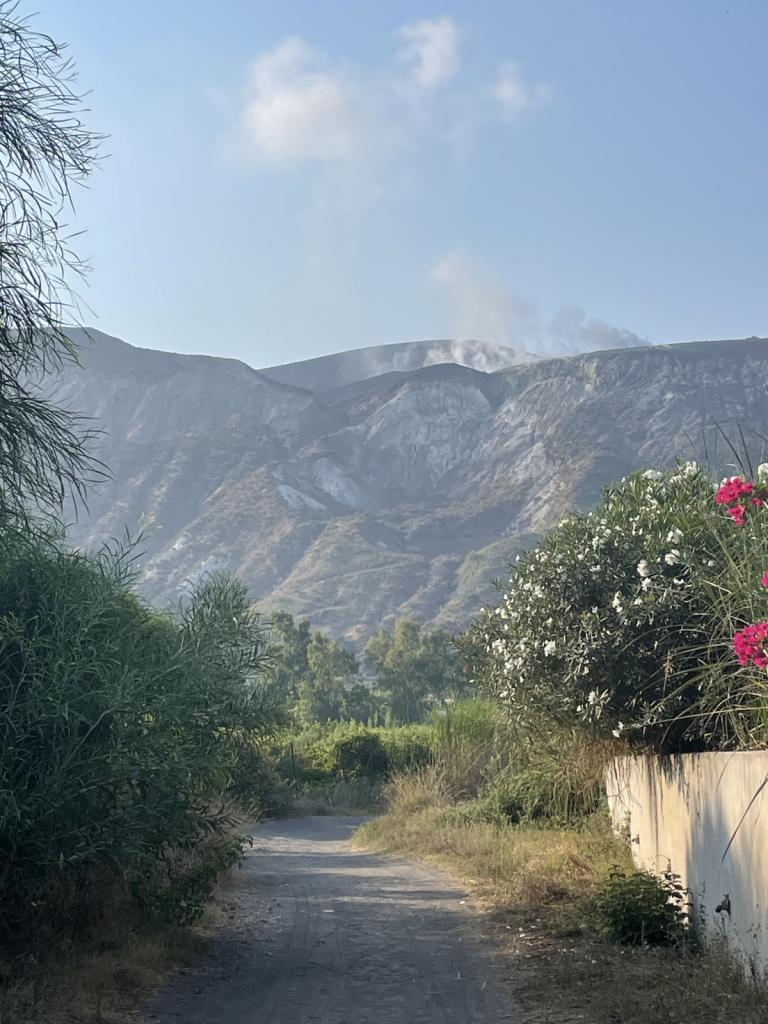
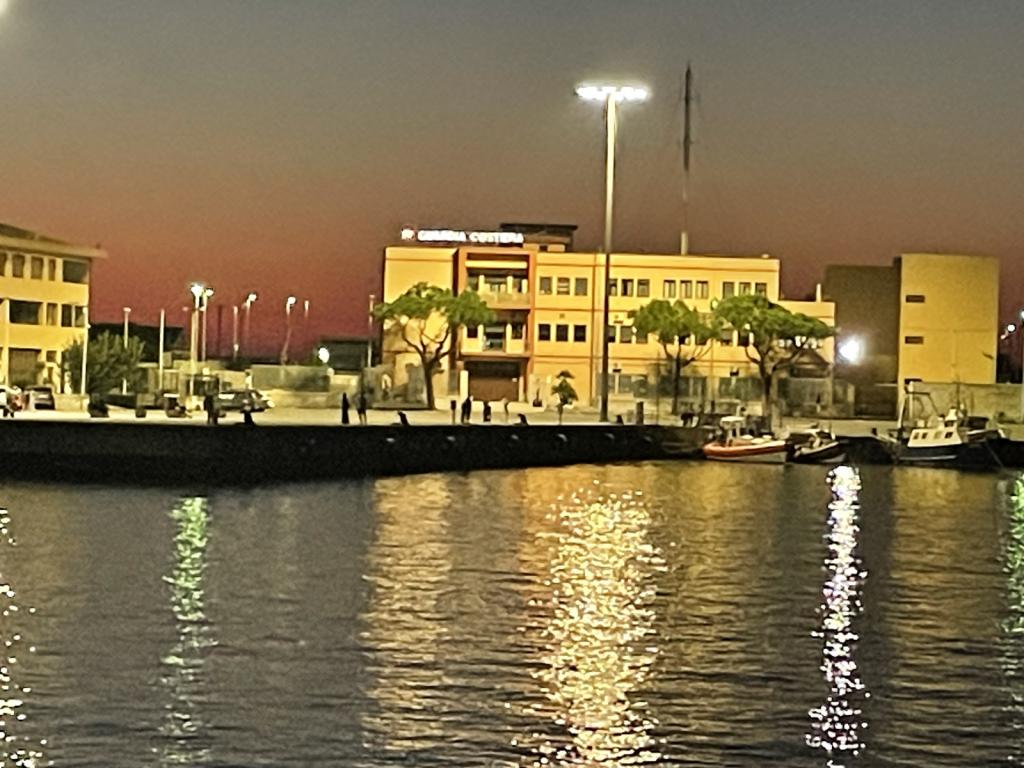
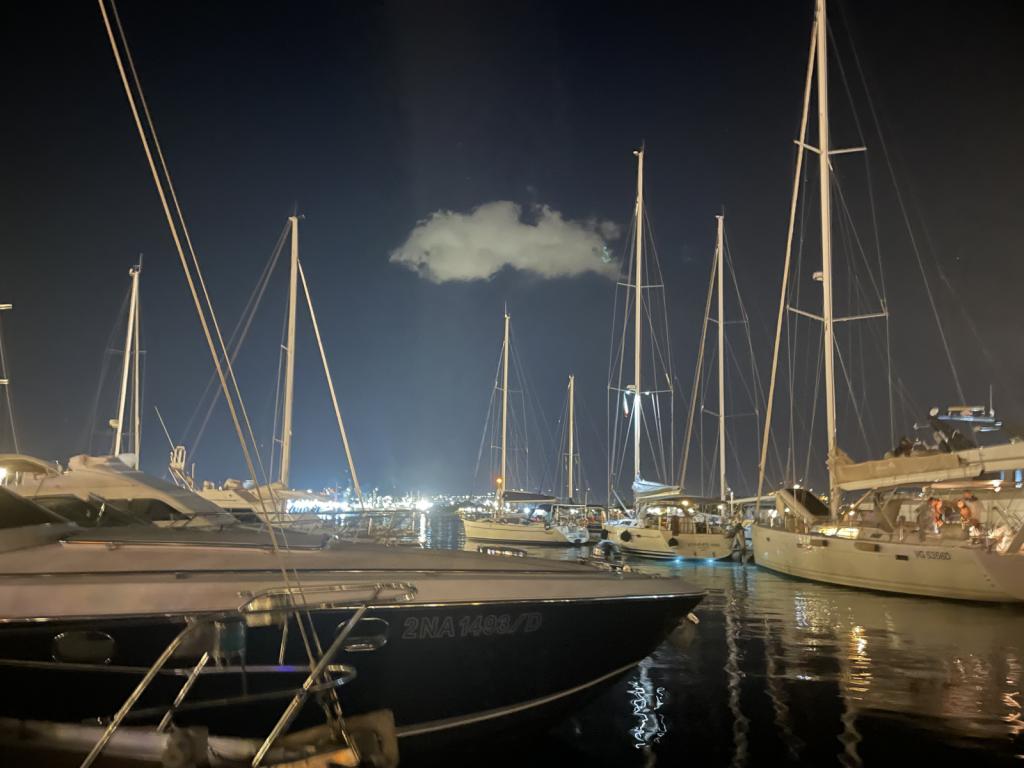
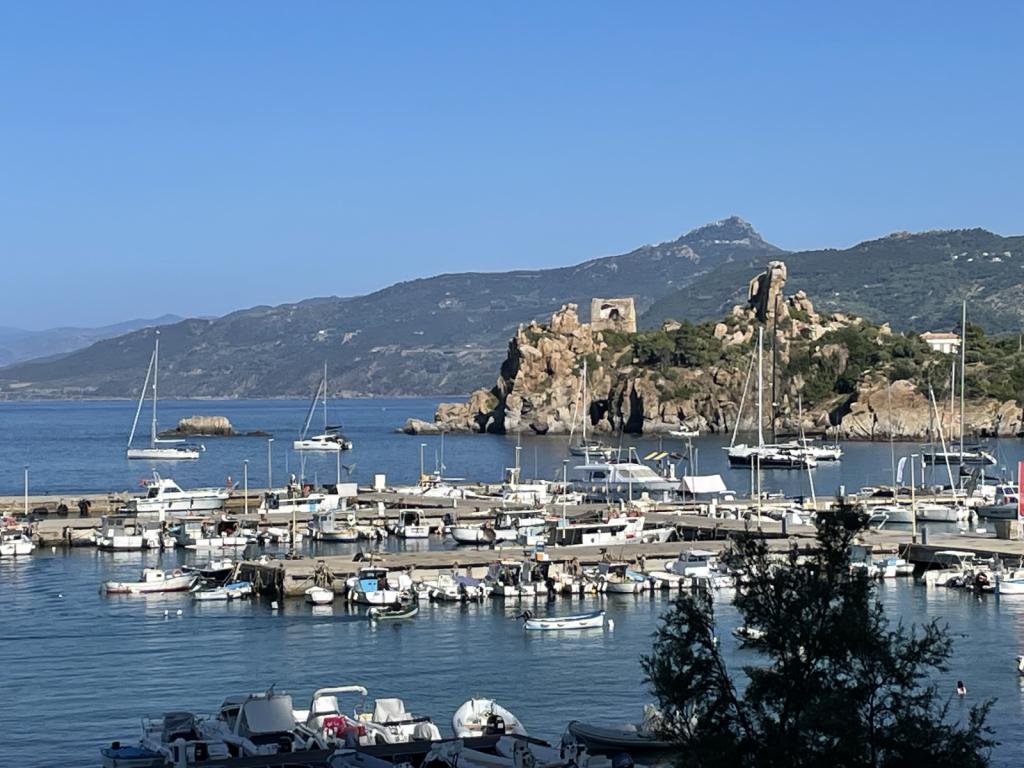
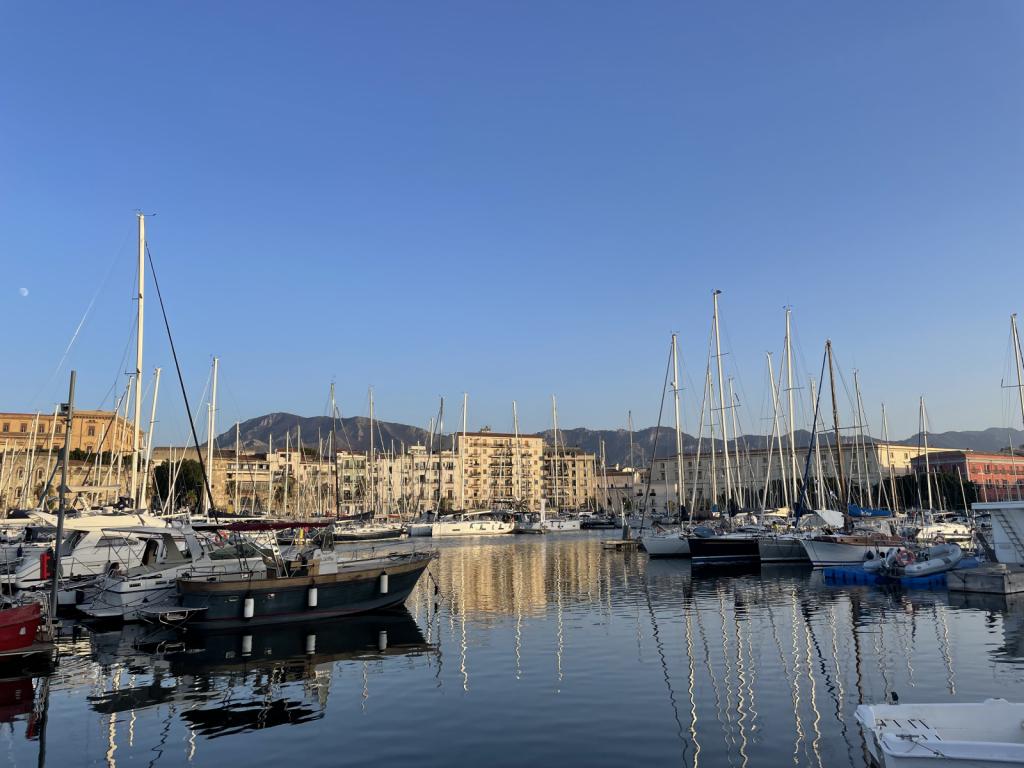

.jpeg)
